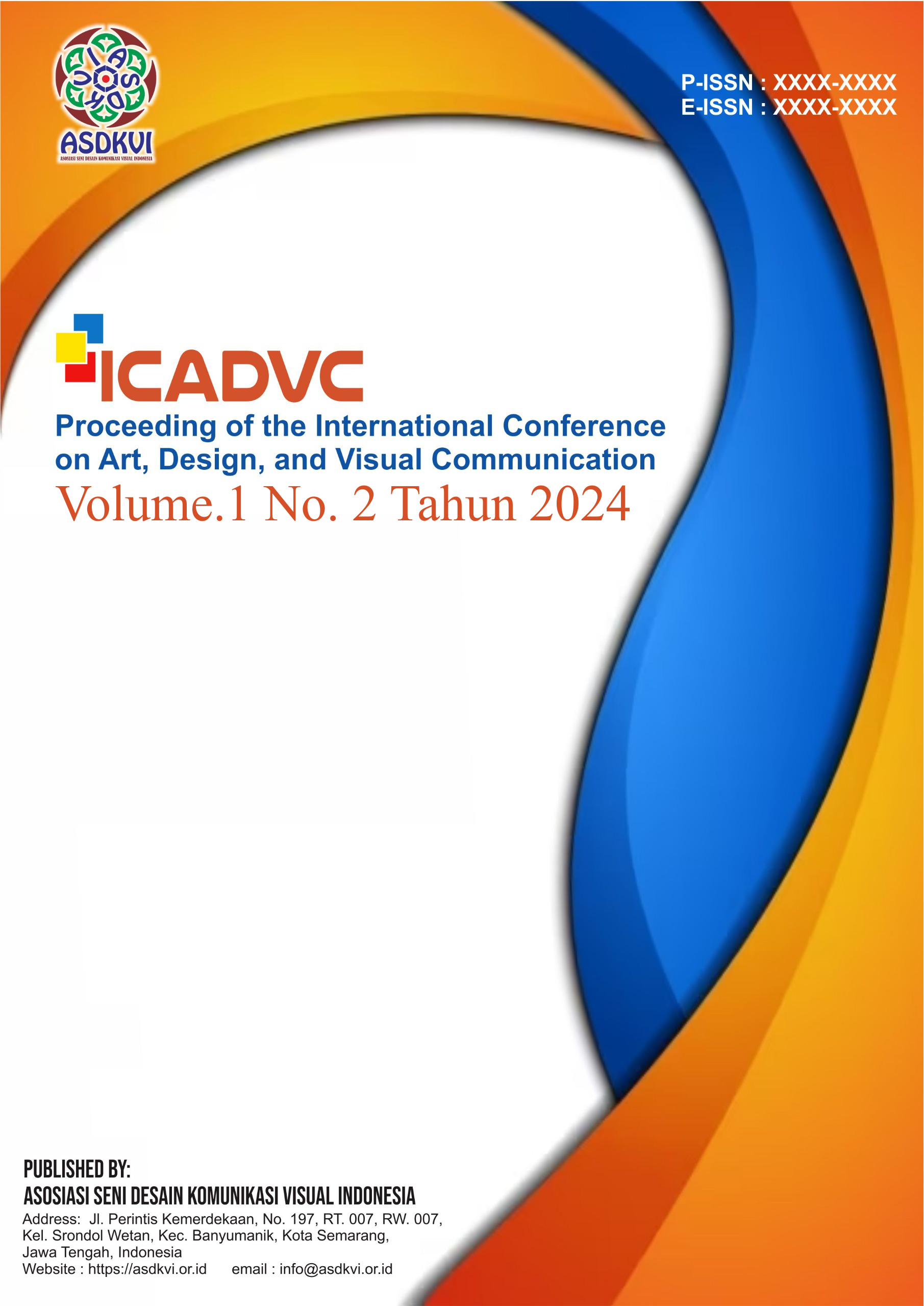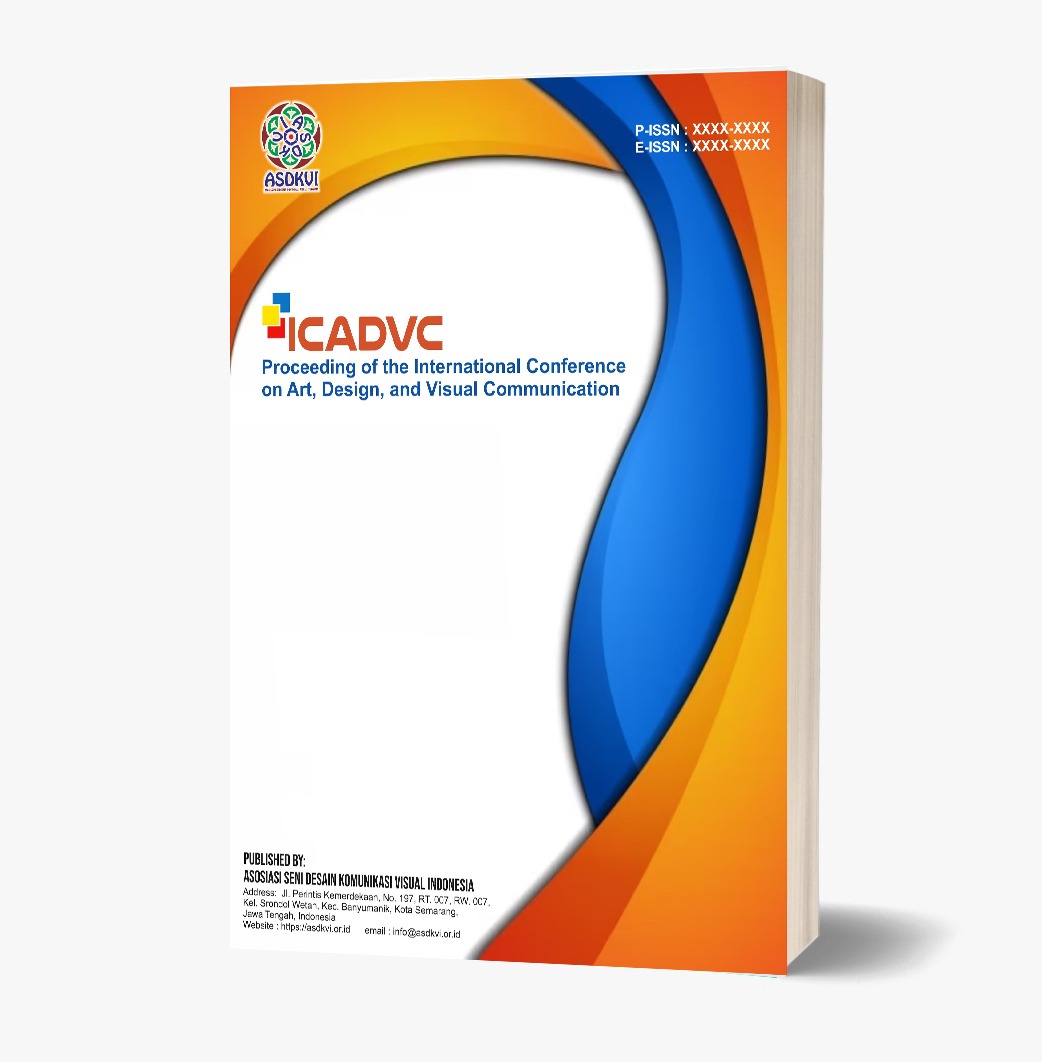Aesthetic Experience and User Perception in the Use of Minimalism in Contemporary Web Design
Keywords:
Aesthetic experience, minimalism, user perception, user-centered design, web designAbstract
This study explores the aesthetic experience and user perception resulting from the use of minimalism in contemporary web design. As minimalism continues to shape modern digital aesthetics, understanding how users emotionally and cognitively engage with minimalist interfaces becomes increasingly relevant. The research aims to identify how visual simplicity, functional clarity, and negative space contribute to user satisfaction and usability. Employing a mixed-method approach, including user testing and surveys with a sample of 60 participants, this study evaluates responses to minimalist and non-minimalist website prototypes. The findings reveal that minimalist design enhances perceived elegance and ease of navigation, while also increasing the sense of trust and professionalism. However, the absence of visual cues can challenge some users in completing complex tasks. These insights highlight the importance of balancing visual simplicity with user guidance to optimize user experience. This research contributes to the evolving discourse on digital aesthetics and provides practical implications for designers seeking to integrate minimalist principles without compromising functionality.
References
Brooke, J. (1996). SUS: A quick and dirty usability scale. In P. W. Jordan, B. Thomas, B. A. Weerdmeester, & A. L. McClelland (Eds.), Usability evaluation in industry (pp. 189–194). Taylor & Francis.
Creswell, J. W., & Plano Clark, V. L. (2018). Designing and conducting mixed methods research (3rd ed.). SAGE Publications.
Faulkner, L. (2003). Beyond the five-user assumption: Benefits of increased sample sizes in usability testing. Behavior Research Methods, Instruments, & Computers, 35(3), 379–383. https://doi.org/10.3758/BF03195514
Field, A. (2013). Discovering statistics using IBM SPSS Statistics (4th ed.). SAGE Publications.
Lavie, T., & Tractinsky, N. (2004). Assessing dimensions of perceived visual aesthetics of web sites. International Journal of Human-Computer Studies, 60(3), 269–298. https://doi.org/10.1016/j.ijhcs.2003.09.002
Lindgaard, G., Fernandes, G., Dudek, C., & Brown, J. (2006). Attention web designers: You have 50 milliseconds to make a good first impression! Behaviour & Information Technology, 25(2), 115–126. https://doi.org/10.1080/01449290500330448
Michailidou, E., Harper, S., & Bechhofer, S. (2008). Visual complexity and aesthetic perception of web pages. In Proceedings of the 26th Annual ACM International Conference on Design of Communication (pp. 215–224). https://doi.org/10.1145/1456536.1456589
Moran, K. (2020). Minimalist web design: When less is more. Nielsen Norman Group. https://www.nngroup.com/articles/minimalist-web-design/
Norman, D. A. (2004). Emotional design: Why we love (or hate) everyday things. Basic Books.
Nunnally, J. C., & Bernstein, I. H. (1994). Psychometric theory (3rd ed.). McGraw-Hill.
Palmer, S. E. (1999). Vision science: Photons to phenomenology. MIT Press.
Sweller, J. (2011). Cognitive load theory. Psychology of Learning and Motivation, 55, 37–76. https://doi.org/10.1016/B978-0-12-387691-1.00002-8
Tractinsky, N., Cokhavi, A., Kirschenbaum, M., & Sharfi, T. (2006). Evaluating the consistency of immediate aesthetic perceptions of web pages. International Journal of Human-Computer Studies, 64(11), 1071–1083. https://doi.org/10.1016/j.ijhcs.2006.06.009
Tuch, A. N., Presslaber, E. E., Stöcklin, M., Opwis, K., & Bargas-Avila, J. A. (2012). The role of visual complexity and prototypicality regarding first impression of websites: Working towards understanding aesthetic judgments. International Journal of Human-Computer Studies, 70(11), 794–811. https://doi.org/10.1016/j.ijhcs.2012.06.003
Downloads
Published
Issue
Section
License
Copyright (c) 2024 Proceeding of the International Conference on Art, Design, and Visual Communication

This work is licensed under a Creative Commons Attribution-ShareAlike 4.0 International License.





